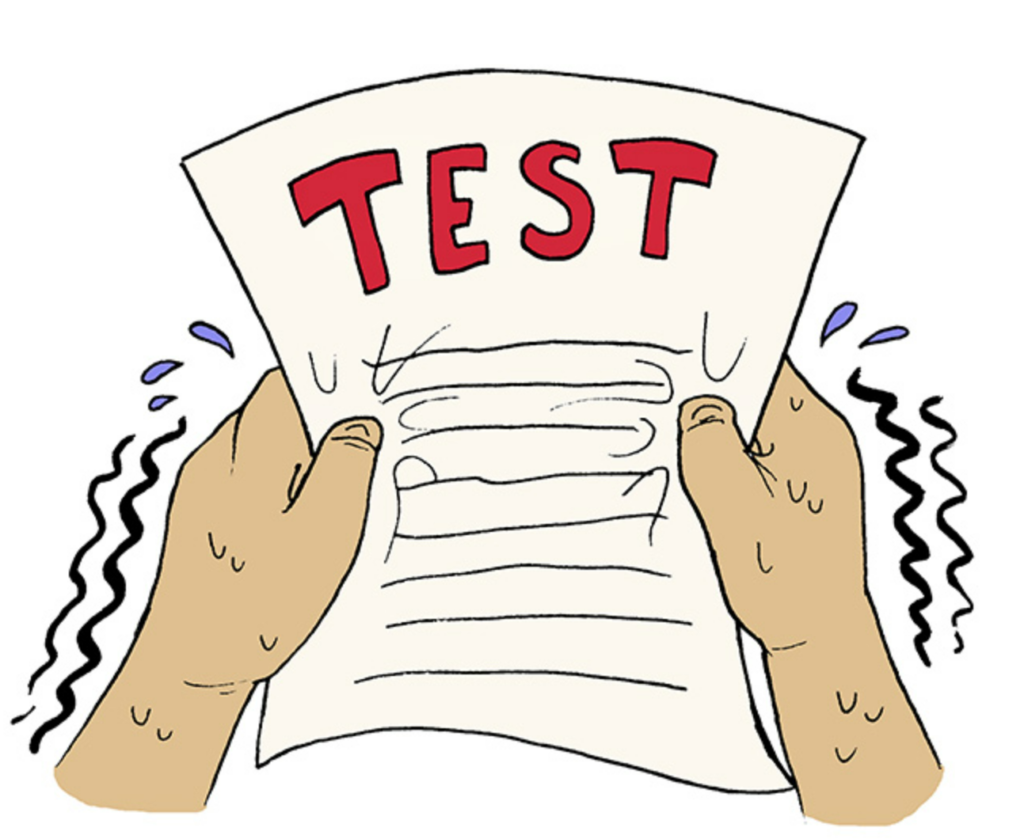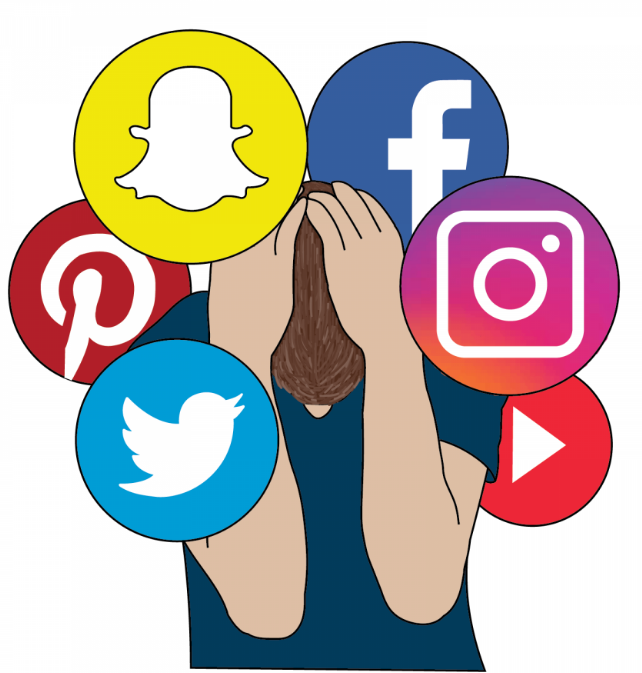Unraveling the Causes: Understanding Anxiety Triggers in the Student Body
In modern life, students have shown a certain degree of anxiety since childhood, and this anxiety will only increase with age, especially among high school students and college students.
Anxiety in Students
By the time they reach high school, many students have become exhausted from the constant experience of anxiety. According to mental health surveys, today’s teens and young adults are the most anxious ever. And the teens themselves admit it: a February Pew Research Center survey found that 70 percent of teens say anxiety and depression are a “big problem” among their peers, while another 26 percent say it’s a minor problem.
Unfortunately, the problem of anxiety only gets worse in college. According to the National College Health Assessment, nearly two-thirds of college students reported being “extremely anxious” in 2016, up from 50 percent five years earlier. For the seventh year in a row, anxiety has been the top complaint of college students seeking mental health services, according to the Chronicle of Higher Education. Nearly one in four said their anxiety had significantly affected their academic performance. Common anxiety symptoms reported by college students include persistent feelings of fear and nervousness, frequent panic attacks, and headaches.

Two Causes of Anxiety
1. Testing Anxiety
Experts point to a variety of reasons for the high levels of anxiety among today’s students. Rob Benner, a school psychologist from Bridgeport, Connecticut with nearly 30 years of experience, says “The two main issues I see are test anxiety and anxiety about social media.”
According to experts, today’s youth are growing up in classrooms governed by No Child Left Behind, the high-stakes standardized tests introduced by federal law to every public school in America. Instead of making art and new friends in kindergarten, children learn to write complete sentences on time-limited tests. Meanwhile, the amount of time small children spend on art, music, sports and recess is limited or even eliminated. By the time they reach high school, high-achieving students are also under tremendous pressure to succeed, with weekly tests, school midterm and final tests, and standardized tests such as the SAT and ACT all likely to overwhelm these students.
In a Pew Research Center survey of teens, academic stress topped their list of stressors: 61 percent said they face a lot of pressure to get good grades. By contrast, 29 percent said they felt pressure to look good; 28 percent have pressure on fitting the society. It is therefore very clear that the academic and testing pressures of today’s society are having a very negative and overwhelming impact on the mental health of students.

Academic stress has become a major cause of anxiety among students.
2. Social Media Anxiety
Another reason for the spike in anxiety levels in the student body is social media. Social media use makes it easier for young people to make social comparisons, leading to poor mental health and life dissatisfaction. Several studies have found that social media use may more easily trigger social anxiety in individuals. A study conducted in Kolkata found that social networking sites (SNS) and reliance on them were significantly associated with anxiety and depression among medical students. In addition, according to a study in Hong Kong, China, students who spent more time on social networks were found to have more severe depression and anxiety problems. This is because social media users may experience physiological stress responses due to receiving negative feedback from others, cyberbullying, becoming more aware of stressful events occurring in the lives of others, and feeling pressure to keep their social networks updated. Apart from that, social media use may also lead to generalized communication overload as individuals are bombarded with information from multiple electronic channels at the same time, all of which would be related to the psychological distress that people now experience.

Sources:
- Flannery, M. E. (n.d.). The epidemic of anxiety among today’s students | NEA. https://www.nea.org/nea-today/all-news-articles/epidemic-anxiety-among-todays-students
- Lai, F., Wang, L., Zhang, J., Shan, S., Chen, J., & Tian, L. (2023). Relationship between Social Media Use and Social Anxiety in College Students: Mediation Effect of Communication Capacity. International journal of environmental research and public health, 20(4), 3657. https://doi.org/10.3390/ijerph20043657

